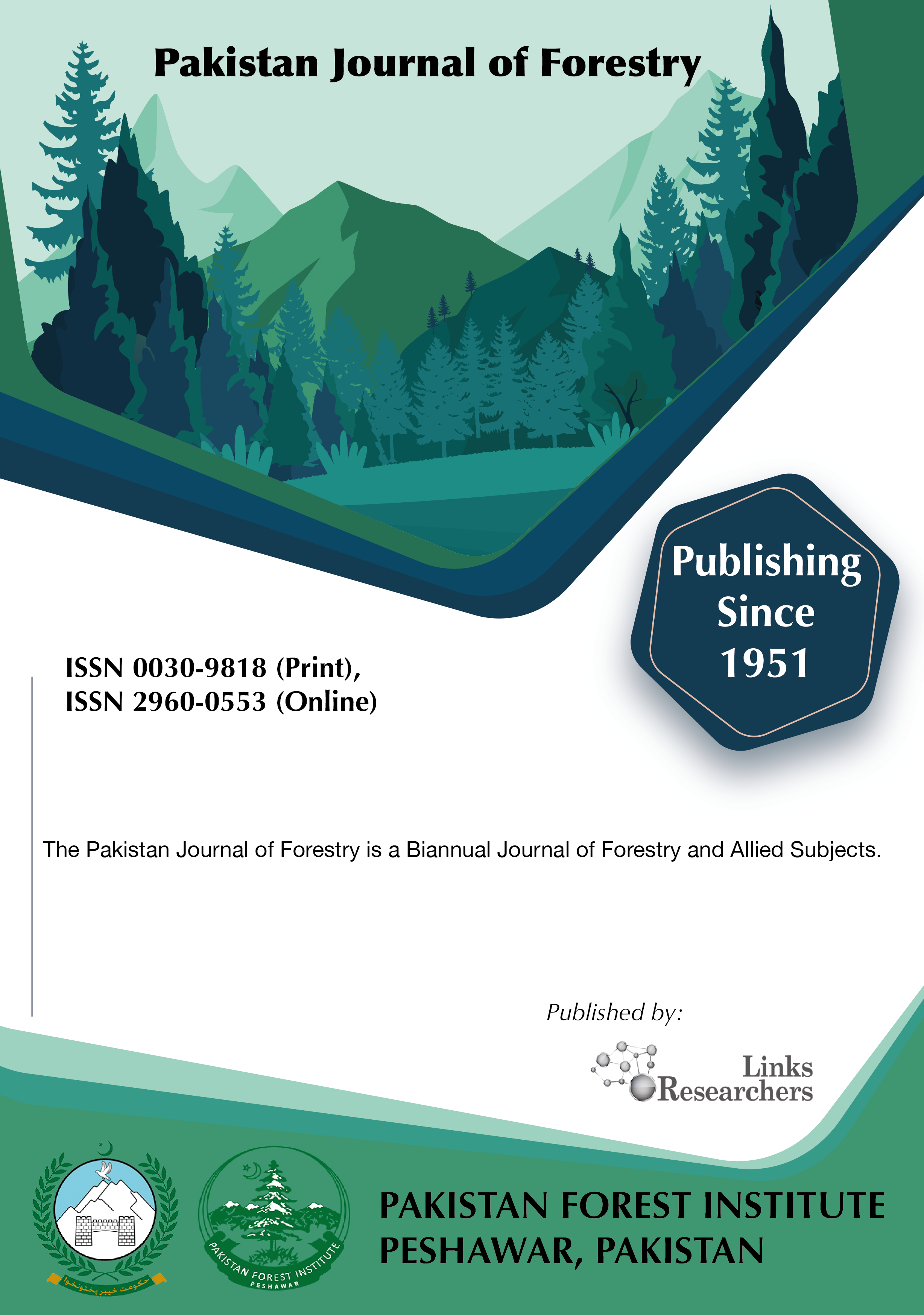Nutritional Evaluation of Three Panicum Forage Species at Different Growth Stages
Nutritional Evaluation of Three Panicum Forage Species at Different Growth Stages
Ashar Farooq1*, Mohammad Salim2, Zahid Rauf1, Muhammad Tahir Khan3 and Asad Abbas Khan4
ABSTRACT
Forages play a crucial role in livestock feed, significantly influencing overall livestock production. Understanding nutritional value of forages is essential for making informed decisions in sustainable livestock production systems. This study was focused to evaluate the nutritive value of three Panicum grasses at different growth phases. RCBD with factorial arrangement was employed, consisting of four replications. The treatments included three Panicum species: P. antido tale, P. coloratum, and P .maximum, each assessed at different growth phases i.e., pre-boot, full-flowering, and seed-ripe. Fresh grass samples were collected and analyzed for several quality parameters. The samples were oven-dried in order to determine dry matter (DM) yield and subsequent analysis for Crude Protein (CP), Ash Content, Ether Extract (EE), Crude Fiber (CF), Acid Detergent Fiber (ADF) and Neutral Detergent Fiber (NDF). ANOVA test was applied on the data to determine the considerable differences of means which were further separated through Tukey’s range test. Results revealed that DM, CF, Ash, ADF and NDF were increased considerably when the grasses progressed from the pre-boot to the seed-ripe stage. In contrast, CP and EE significantly declined when the Panicum species reached towards maturity. These results suggest that the optimal harvesting time for maximizing nutritive value occurs between the pre-boot and full-flowering stages. Based on higher nutritive values (higher CP and EE, and lower CF, NDF, and ADF), P. coloratum and P. maximum are identified as the promising forage species for meeting nutritional requirements of livestock. It is recommended for the farmers to grow these perennial forage species for better livestock production.
To share on other social networks, click on any share button. What are these?




